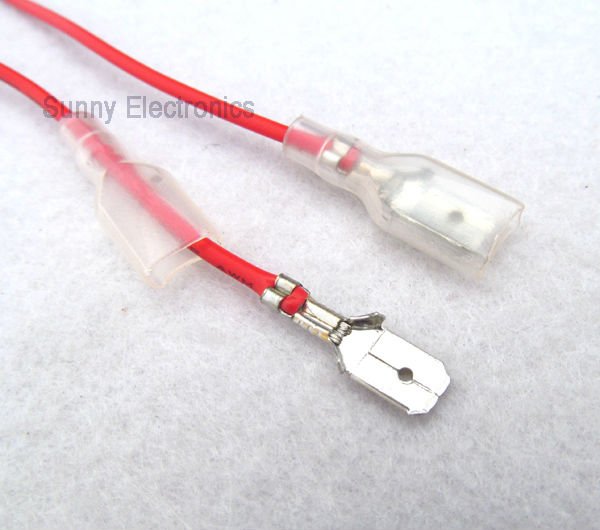So at my school, currently I have my mixer and sound inputs on one side of the room with the amplifier for the speakers in a closet on the other side of the room with the wires hanging all over anything on the wall to keep it upright (clock, speaker stands, etc.). Then, from their the speaker wire comes back out of the closet and heads to the speakers.
My concern is when the state does their inspection and sees hanging wires that they won't be happy, plus its pretty inconvenient to have to go back and forth to the closet to turn on and off the amplifier.
What I'd like to do to clean this up as well as even be able to lock up my future sound rack is take the current speaker wire and run it through conduit. The speaker terminals just have the bare wire going into them with the little black/red clips that lock them in place. What I would be doing is coming out of the amplifier using 2 TS cables, plugging them into a dual 1/4" TS Mono Jack Wall plate like below and hook the conduit speaker wire up to the wall plate.
This would also enable me to use the movable rack that I am getting and lock it up at night with only having to plug the power cord and 2 speaker cables up each morning.
Is this possible? Below is the wall plate I'm looking to get:
http://www.seismicaudiospeakers.com...7&cadevice=c&gclid=CKK3t5WgxMgCFUERHwodKRwAGA
Also, I guess they only have locking wall plates with TRS connections and not TS?
My concern is when the state does their inspection and sees hanging wires that they won't be happy, plus its pretty inconvenient to have to go back and forth to the closet to turn on and off the amplifier.
What I'd like to do to clean this up as well as even be able to lock up my future sound rack is take the current speaker wire and run it through conduit. The speaker terminals just have the bare wire going into them with the little black/red clips that lock them in place. What I would be doing is coming out of the amplifier using 2 TS cables, plugging them into a dual 1/4" TS Mono Jack Wall plate like below and hook the conduit speaker wire up to the wall plate.
This would also enable me to use the movable rack that I am getting and lock it up at night with only having to plug the power cord and 2 speaker cables up each morning.
Is this possible? Below is the wall plate I'm looking to get:
http://www.seismicaudiospeakers.com...7&cadevice=c&gclid=CKK3t5WgxMgCFUERHwodKRwAGA
Also, I guess they only have locking wall plates with TRS connections and not TS?




